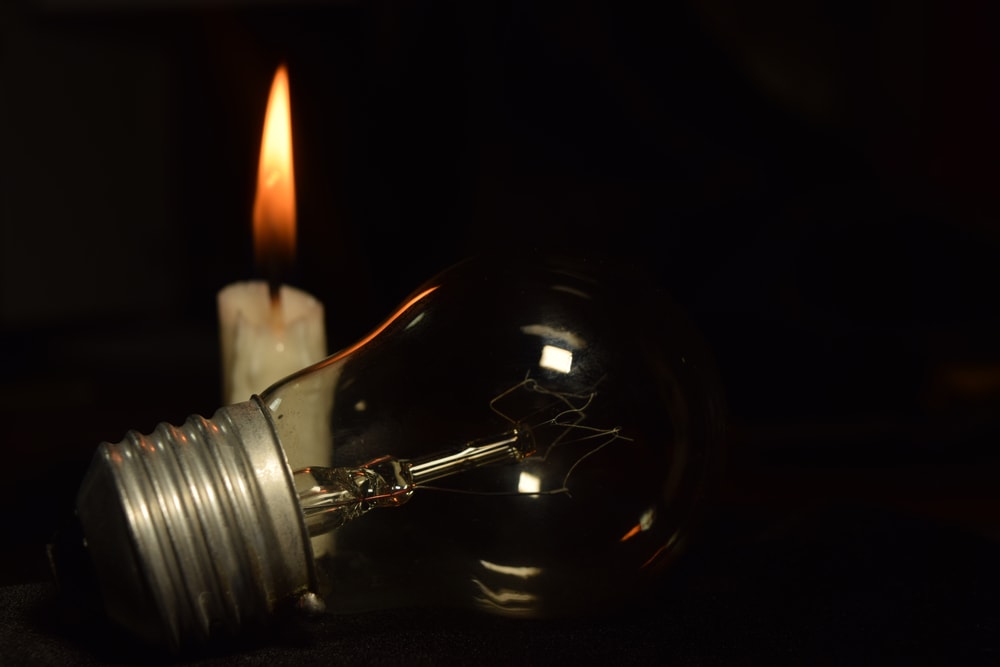R Street Institute sees opportunity in Southeast market
The R Street Institute yesterday released a study on the benefits of setting up a voluntary energy trading mechanism in the Southeast. Duke, Southern Company, TVA, and others have been in discussions about setting up the Southeast Energy Exchange Market (SEEM).
The report on the study, titled “How Voluntary Electricity Trading Can Help Efficiency in the Southeast,” was written by R Street Senior Fellow of Energy Jennifer Chen and Michael Bardee who is a former general counsel and director of the Office of Electric Reliability at FERC.
“Regional electricity markets have reduced wholesale energy costs and displaced less efficient, more polluting resources with cheaper, cleaner technologies in the United States,” Chen said in prepared remarks. “They have also enhanced the flexibility of the power system to balance variable renewable generation and adapt to sudden disturbances.”
The shift to more market-friendly policies in the region is being driven by the growth of renewable power, and in the case of South Carolina, the cancellation of a proposed new nuclear plant that left consumers a tab of billions of dollars, the institute said. SEEM would not be a full ISO/RTO. Rather it would be more like the Energy Imbalance Market that CAISO runs for other balancing authorities in the Western Interconnection, it added.
“The SEEM utilities emphasize that they do not want governing authorities enforcing sales or requiring that transmission capacity be reserved to ensure that sales can be delivered,” the report said. “The group is considering bilateral sales every 15 minutes because to support more frequent sales would require more control by a governing entity.”
That design compares to five-minute trading in the EIM and every ISO/RTO market. The SEEM model is also unlikely to include any day-ahead trading – a common feature across ISO/RTOs and being discussed in the Western EIM. Shorter intervals and day-ahead trading both help integrate renewables, the report said.
Like the EIM and its competitors in the West, SEEM would be subject to FERC regulation and utilities looking to take part would need approval for setting it up or joining it later on.
The Southeastern utilities could join an EIM offered by a neighboring RTO without having to join that RTO, the paper said. That would leverage existing market experience and the hardware and software of an organized market, thus cutting startup costs for the utilities.
The utilities could also use the RTO’s market monitor to oversee their market.
“Alternatively, Southeastern utilities could potentially form and operate an EIM, but they would have to recruit expert staff and build hardware and software, which are likely to incur more costs than leveraging the architecture and staff expertise of an existing RTO,” the report said.
“Further, EIM participation requires utilities to share potential commercially sensitive data with the EIM operator. This has not been a concern for RTO-operated EIMs as they are independent from market participants but could be an issue if a participating utility also operates the market.”
Without an independent operator, certain utilities may be in a better position to exercise market power. FERC has stressed independence as a bedrock principle for ISO/RTOs and transmission-only firms, and while it has not been as clear on that front on EIMs – it is apparent FERC values independence with them too, the firm said.
SEEM would be a step up compared to the wholesale trading that goes on in the region now, but the projected net savings appear to be small compared to what EIMs have produced elsewhere. SEEM is expected to save 0.35-0.4% of total production costs, which exceeds anticipated costs of the proposal.
Before the Southwest Power Pool turned into an RTO, it considered an EIM construct and found in a 2005 study that would have saved 2.5% in annual production costs.
“Based on what is known about the limited centralized control and governance of the Southeast Energy Exchange Market, it could be an improvement on the status quo but will not reap most of the benefits of an EIM or RTO,” the report said. “Looming questions remain about the magnitude of net benefits that can be expected.”






